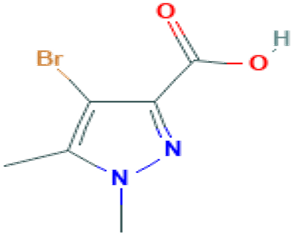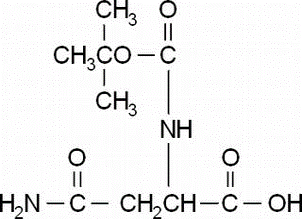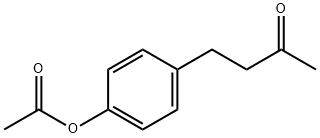2-Methyl-4-nitroaniline(CAS#99-52-5)
| Risk Codes | R23/24/25 – Toxic by inhalation, in contact with skin and if swallowed. R33 – Danger of cumulative effects R51/53 – Toxic to aquatic organisms, may cause long-term adverse effects in the aquatic environment. |
| Safety Description | S28 – After contact with skin, wash immediately with plenty of soap-suds. S36/37 – Wear suitable protective clothing and gloves. S45 – In case of accident or if you feel unwell, seek medical advice immediately (show the label whenever possible.) S61 – Avoid release to the environment. Refer to special instructions / safety data sheets. S28A - |
| UN IDs | UN 2660 6.1/PG 3 |
| WGK Germany | 2 |
| RTECS | XU8210000 |
| TSCA | Yes |
| HS Code | 29214300 |
| Hazard Note | Irritant |
| Hazard Class | 6.1 |
| Packing Group | III |
Introduction
2-Methyl-4-nitroaniline is an organic compound. It is a yellow to orange crystalline solid with good stability. The following is an introduction to the properties, uses, preparation methods and safety information of 2-methyl-4-nitroaniline:
Quality:
- Appearance: Yellow to orange crystalline solid
- Soluble: Soluble in some organic solvents such as ethanol, chloroform and dimethyl sulfoxide.
Use:
- Chemical industry: 2-methyl-4-nitroaniline can be used as an intermediate in organic synthesis for the synthesis of compounds such as dyes, pesticides and explosives.
Method:
There are several ways to prepare 2-methyl-4-nitroaniline:
- Direct nitrification: 2-methyl-4-aminoaniline is reacted with concentrated nitric acid to produce 2-methyl-4-nitroaniline.
- Oxidation-nitrification: 2-methyl-4-bromoaniline is reacted with excess aniline peroxide and then with concentrated nitric acid to produce 2-methyl-4-nitroaniline.
Safety Information:
- 2-Methyl-4-nitroaniline is an explosive that may cause an explosion when exposed to ignition or high temperatures.
- When handling 2-methyl-4-nitroaniline, wear personal protective equipment such as protective gloves, glasses, and gowns, and ensure that it is operated in a well-ventilated area.
- Avoid contact with skin, eyes, and respiratory tract.
- Avoid contact with combustibles, oxidants, acids and other substances during storage and transportation.








